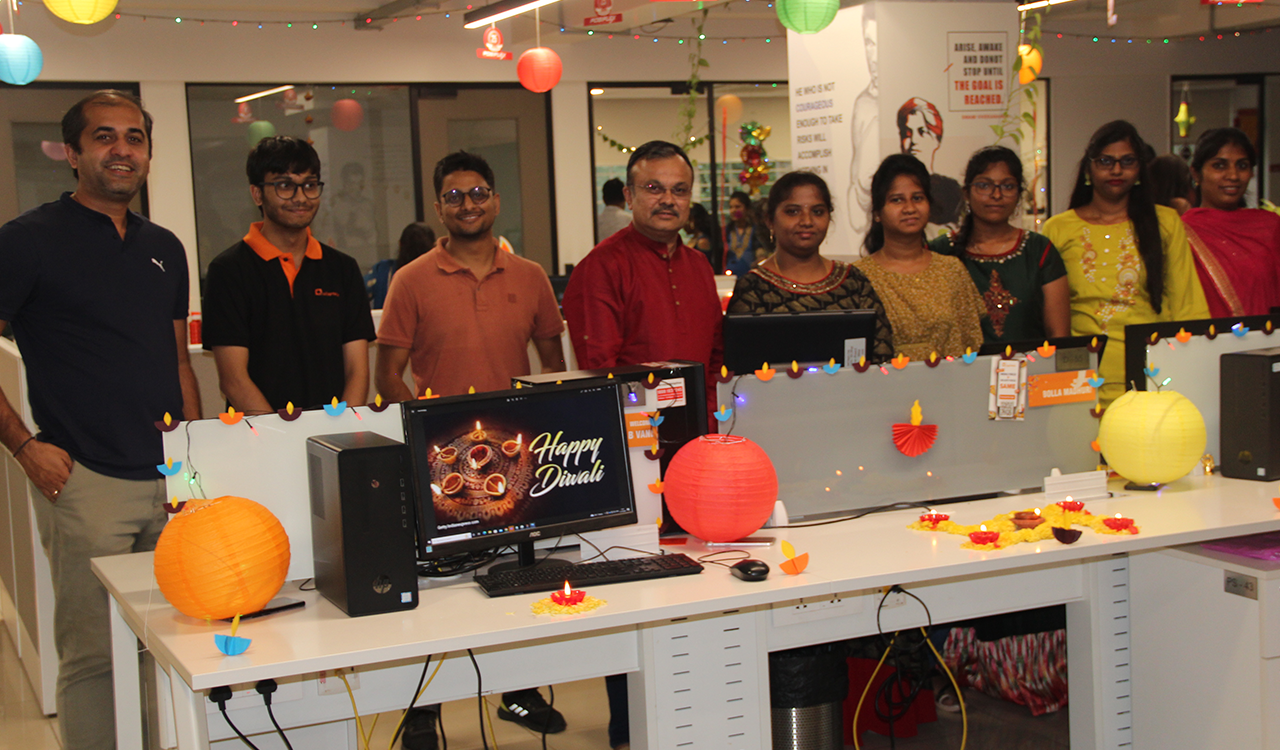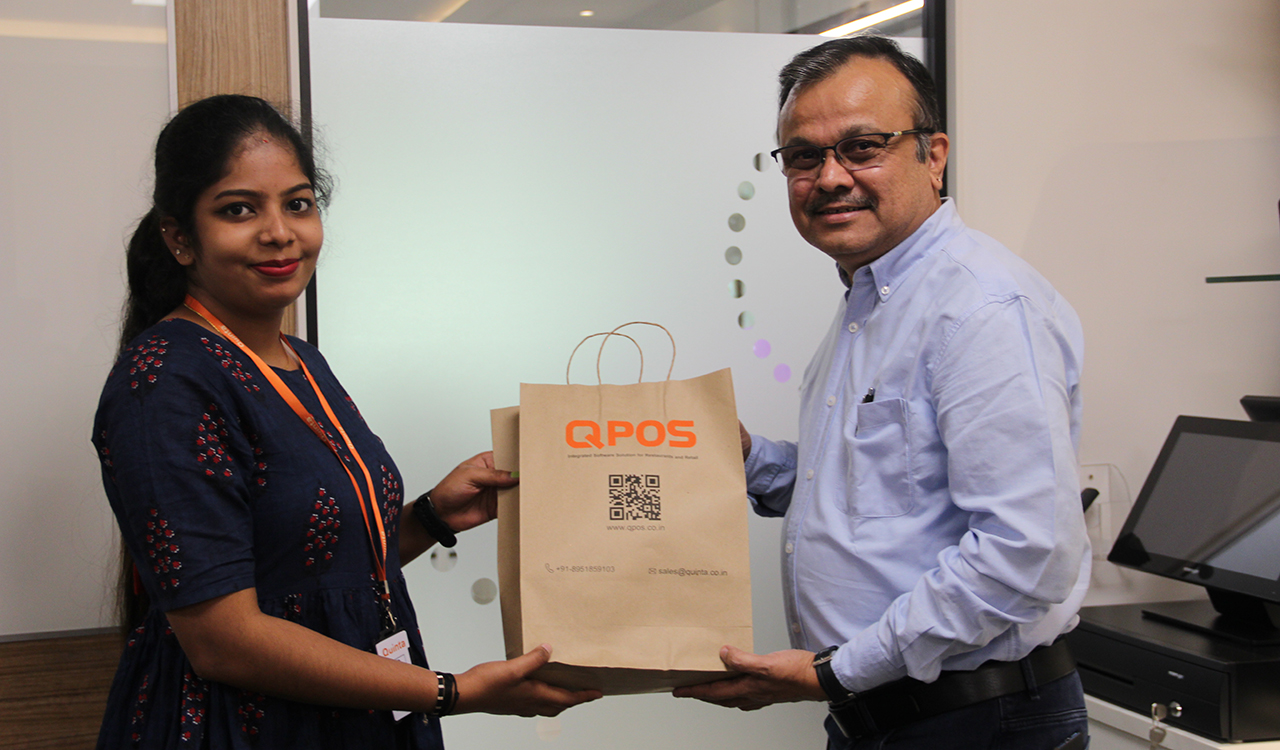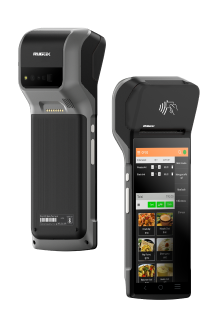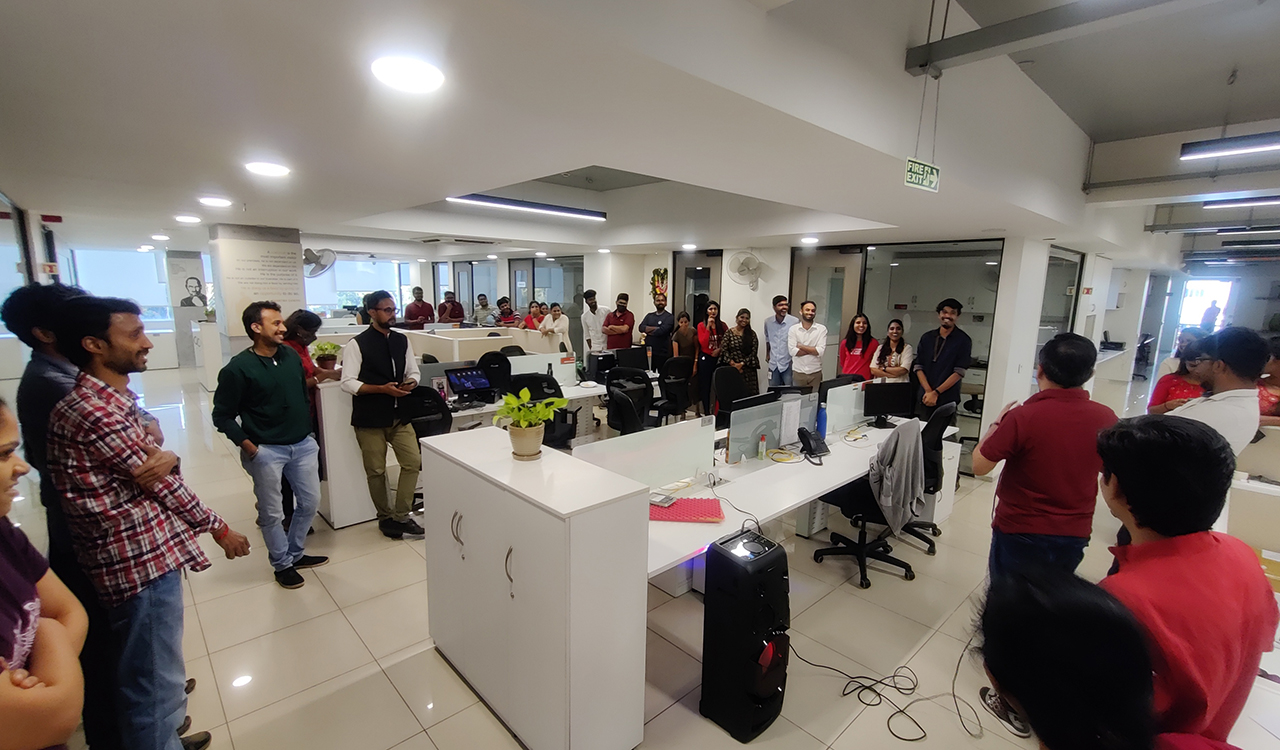A Comprehensive Guide to Kitchen Health Inspections
Did you know kitchen health inspections are vital to the restaurant management system? Many restaurants cannot ace this inspection because they miss out on proper planning and preparation.
Without reviewing the restaurant kitchen health inspection checklist, it’s easy to overlook critical food safety issues leading to violations.
This comprehensive guide breaks down everything you need to know to face that inspection and keep your restaurant running smoothly. Here is a curated restaurant kitchen health inspection checklist to prepare yourself.
Restaurant Kitchen Health Inspection Checklist
Here is a checklist that is important for any restaurant management system to review before an inspection.
Organizing Records and Licenses
Keep all your certifications and licenses handy. Documents that will be checked are:
- Food manager’s certificate.
- Food handler’s permit.
- Business licenses.
- Other required documents like purchase invoices, safety training records, cleaning schedules, and temperature logs.
Cleaning Kitchen and Storage Areas
Ensure you deep clean the entire facility. Organize the storage department according to fresh produce, meat, dairy, etc. Keep meat, vegetables, and fruits separate to avoid cross-contamination.
Store fresh produce properly elevated off the floor on clean racks. Arrange dry storage shelves tidily with foods labelled clearly in sealed containers.
Rotate stock using the FIFO (First In, First Out) method so older ingredients get used first. Sanitize and inspect all shelves, boxes, and containers regularly for safety.
Ensuring Staff is Trained in Food Safety
Train staff regularly on:
- Handwashing
- Surface sanitizing
- Cooking temperatures
- Cooling foods properly
- Personal hygiene
- Food allergies
- Cross-contamination
The restaurant management system should put up posters about using gloves, hand-wash guides, and thermometer charts.
Maintaining Proper Temperatures in Equipment
A properly calibrated food thermometer is essential to avoid the temperature danger zone between 5°C and 60°C, where bacteria multiply quickly.
Check that all hot-held foods are above 60°C, with cooked meats reaching an internal temperature of 75°C for at least 2-3 minutes. Verify refrigerated foods and units stay at 5°C or colder.
Freezers storing meat should maintain -15°C or below. If any equipment malfunctions, discard unsafe foods and call for service immediately. The restaurant management system should ensure that all logs consistently monitor temperatures.
An organized, temperature-controlled facility with clear labels is key to passing any inspection.
Maintaining Proper Sanitation Practices
Some easy sanitization rules to follow are:
- Review proper dishwashing procedures – wash, rinse, sanitize.
Test chemical concentrations with test strips:
- Chlorine sanitizer 100ppm.
- Quaternary ammonium 300ppm.
Verify dish machine water temperatures:
- Wash water at 43°C.
- Finally rinse water at 82°C.
- Clean and service equipment like dishwashers and ice machines per manufacturer.
- Log all chemical concentrations and temperatures.
Final Thoughts
Following this comprehensive restaurant kitchen health inspection checklist to meet food safety standards will help pass an inspection.
Ensure facilities and staff adhere to proper storage, preparation, cleaning, maintenance, and record-keeping procedures. The restaurant management system may consider conducting monthly self-inspections to avoid any issues.
You can streamline your restaurant management operations with smart restaurant POS software like QPOS to prepare for kitchen inspections.
Posted on : 26-03-2024








































